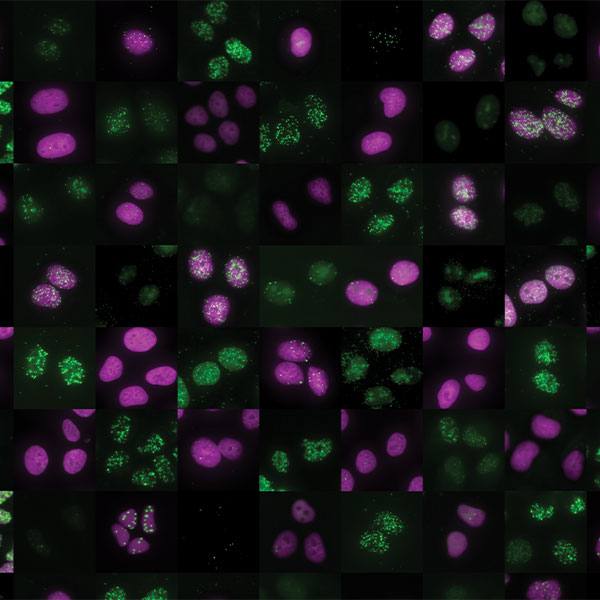-
Opioids provide low evidence of pain relief for migraine, large Mayo analysis finds

Evidence that opioids provide pain relief for migraine headaches is low or insufficient, a large Mayo Clinic meta-analysis published recently in JAMA has found. However, some newer therapies, along with established migraine treatments, were associated with moderate to high evidence of pain relief.
The meta-analysis – which combined results from multiple scientific studies – included 15 systematic reviews and 115 randomized clinical trials of 28,803 patients. While the researchers note that this study provides a good starting point for treatment conversations between patients and providers, many patients respond differently.
“Choosing a treatment for migraine attacks requires an individualized approach for each patient,” says lead author Juliana VanderPluym, M.D., Mayo Clinic neurologist. “Living with migraine can be challenging, and sometimes debilitating, for millions of people worldwide.”
Migraine headaches can cause severe throbbing pain or a pulsing sensation, usually on one side of the head, often accompanied by nausea, vomiting, and extreme sensitivity to light and sound. A migraine usually lasts from four to 72 hours, if untreated. About 12% of people worldwide suffer from migraine, including 18% of women, according to the Migraine Research Foundation.
The study found that triptans, NSAIDS (nonsteroidal anti-inflammatory drugs such as aspirin, diclofenac, ibuprofen and ketorolac), or a combination of the two provided the largest evidence-base for relief at two hours, as well one day after symptoms began. Two newer treatments recently approved by the Food and Drug Administration (FDA), ubrogepant and rimegepant, had moderate to high strength of evidence and mild side effects. Lasmiditan, another new therapy, also had a high strength of evidence, but also was associated with a significant risk of adverse events.
Among devices, external vagus nerve (located at the side of the neck) stimulation and remote electrical neuromodulation (located over the arm) each had moderate strength of evidence. External trigeminal nerve (located over the brows) stimulation and transcranial magnetic stimulation (located over the back of the head) showed slightly less strength of evidence.
An editorial accompanying the study in JAMA praised the research as providing “potential new ways of thinking about migraine treatment” and noted that “a clear message from this review is that opioid medications are not an appropriate acute treatment for migraine.”
“Given the evidence-based effectiveness of many other medication classes, the lack of good evidence for effectiveness of opioids as acute treatment for migraine, and overwhelming evidence of harm with frequent opioid use, it is clear that opioids should be used sparingly, if at all, for treatment of migraine,” the editorial continued.
Over 70% of drug overdose deaths in 2019 involved an opioid, according to the Centers for Disease Control and Prevention (CDC). While trends were leveling off or decreasing before the COVID-19 pandemic, preliminary data from the CDC shows 2020 may have the most overdose deaths ever recorded in the U.S.
“Minimizing opioid use whenever necessary is a vital public health concern,” says senior author Zhen Wang, Ph.D., a researcher in the Mayo Clinic Robert D. and Patricia E. Kern Center for the Science of Health Care Delivery. “Our research shows that there are many alternatives to opioid treatments that work better and generally cause fewer adverse side effects.”
Study co-authors are Rashmi Halker Singh, M.D.; Meritxell Urtecho, M.D.; Allison Morrow; Tarek Nayfeh, M.D.; Victor Torres Roldan, M.D.; Magdoleen Farah, MBBS; Bashar Hasan, M.D.; Samer Saadi, M.D.; Sahrish Shah, MBBS; Rami Abd-Rabu, MBBS; Lubna Daraz, Ph.D.; Larry Prokop; and Mohammad Hassan Murad, M.D., all of Mayo Clinic.
Dr. VanderPluym reports consulting for Teva and receiving a research grant from Amgen. Dr. Halker Singh reports consulting for Teva and Impel. No other disclosures were reported.
The research was funded by the Agency for Healthcare Research and Quality at the U.S. Department of Health and Human Services.
The research also was supported by the Mayo Clinic Robert D. and Patricia E. Kern Center for the Science of Health Care Delivery. The center seeks to discover new ways to improve health; translate those discoveries into evidence-based, actionable treatments, processes and procedures; and apply this new knowledge to improve care for patients everywhere.







